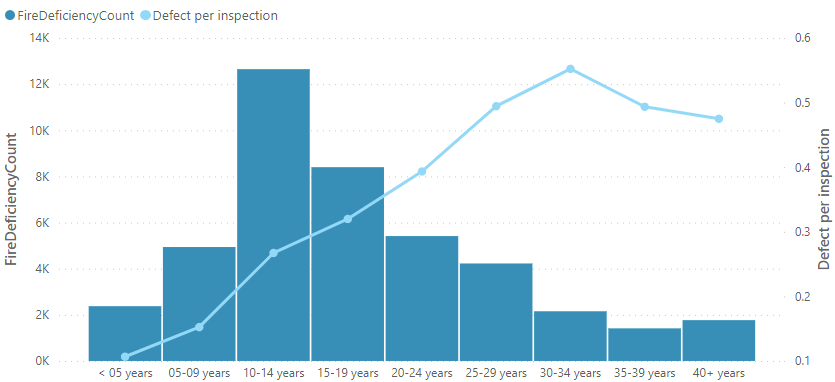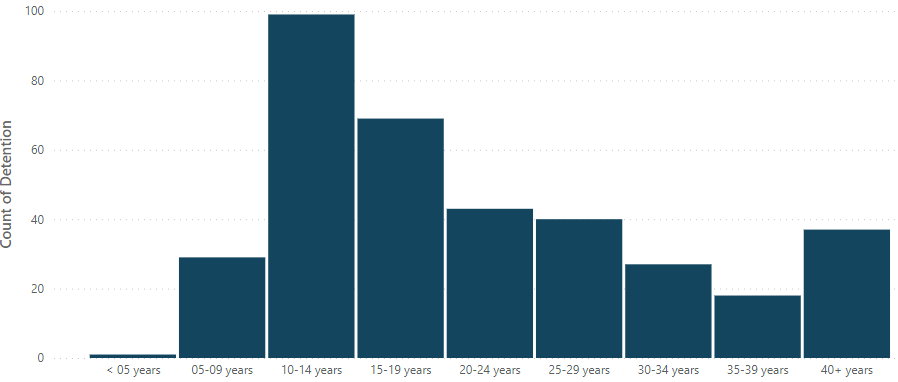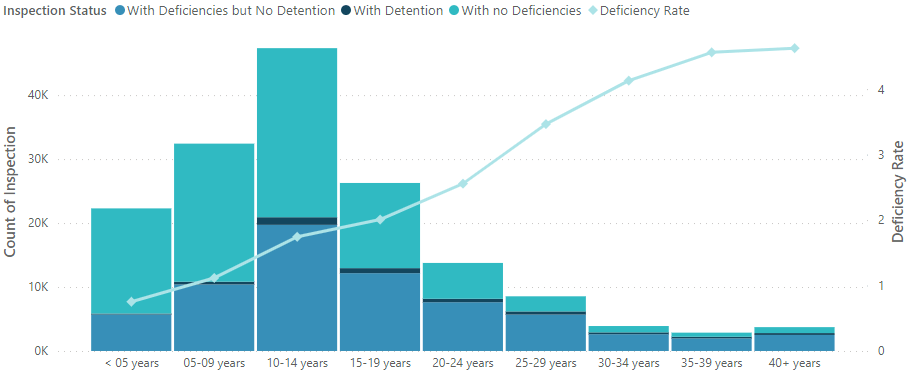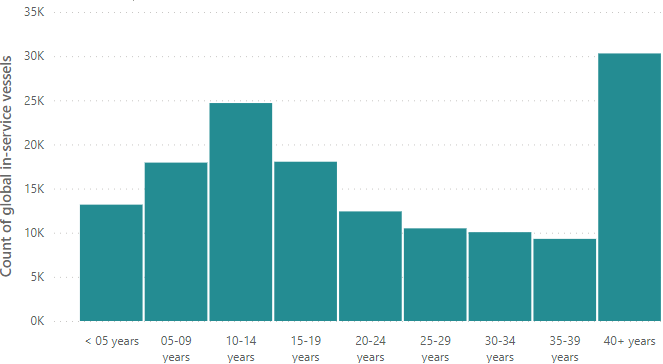Fire Safety
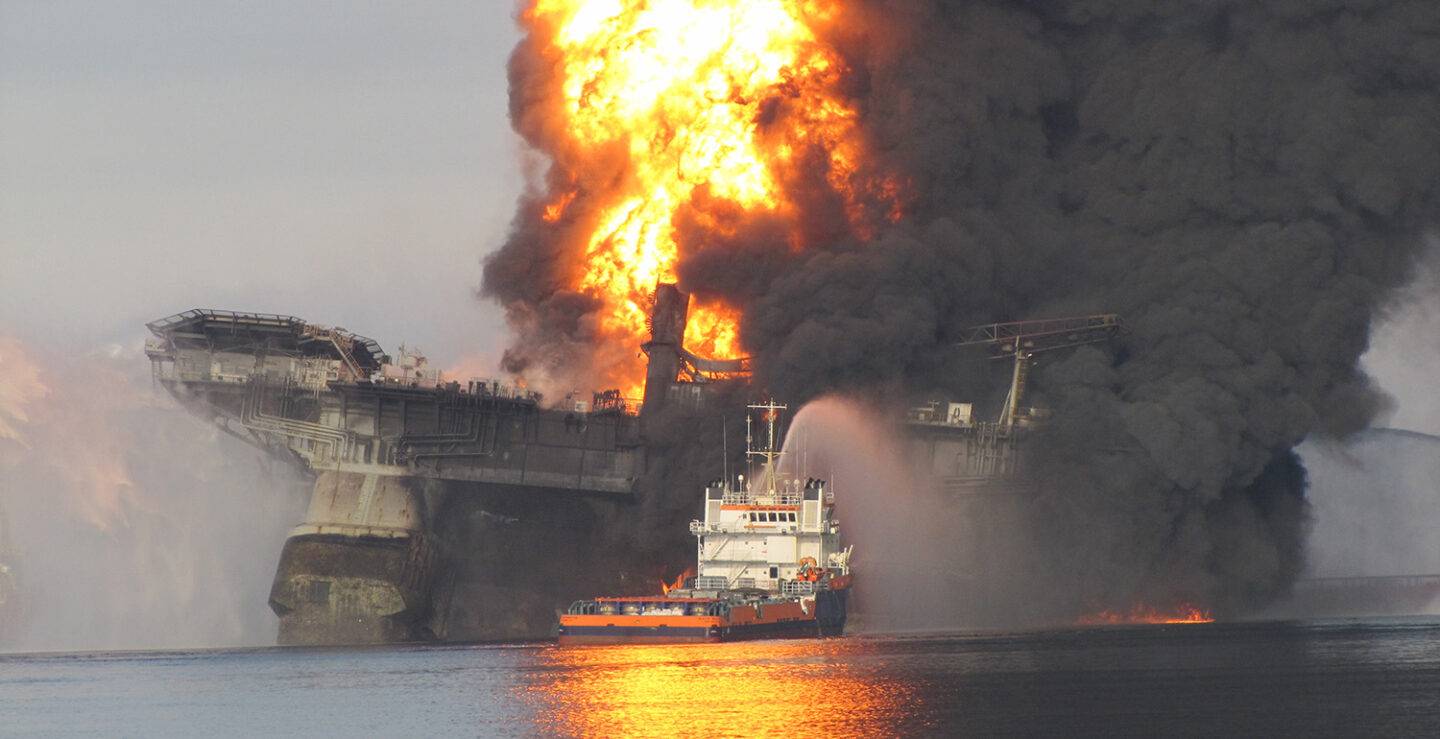
Fire Safety is the most common deficiency found in control inspections, accounting for around 15% of all deficiencies.
Since the beginning of 2020, at least 356 detentions were directly caused by one or more fire safety-related deficiencies, resulting in over 3000 days of lost time globally.
In other words, at least two vessels were detained in port every day in the last three years due to fire safety deficiencies.
With the 2023 Concentrated Inspection Campaign (CIC) putting vessel fire safety under even greater scrutiny, we’ve taken a deep dive into Port State Control (PSC) and our learning data to pull out insights to help you understand and mitigate risks to your crew and operations.
The analysis and conclusions that follow are based on the period of 1st Jan 2020 to 19th May 2023.
What is covered in this article?
- Which vessels are at the highest risk of fire-safety-related deficiencies?
- What are the common fire-safety-related deficiencies?
- What do ‘top’ and ‘bottom’ performing companies do differently?
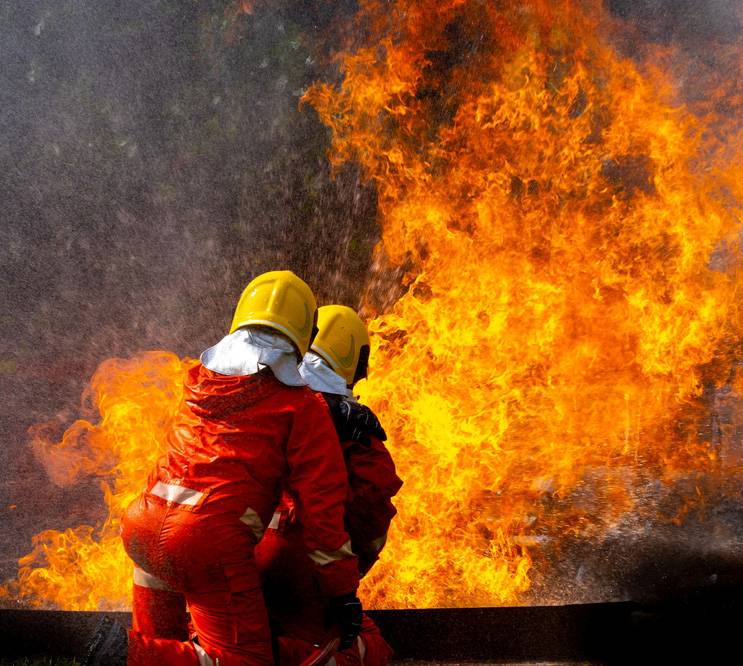
We start by looking at the vessels, their characteristics, and their behaviour to determine if age, type and the ports called at have an impact on PSC fire-safety performance and understand vessels were more likely to receive fire-safety-related deficiencies.
Age plays a role
The majority of the ‘fire-safety related’ deficiencies, as well as detentions, were found onboard vessels between 10 and 14 years old.
It is important to consider that far more vessels in this age group were inspected over the period, as the global average age of vessels is NEED NUMBER.
Vessels between 30 and 34 years old were the most likely to receive fire safety-related deficiency per inspection.
